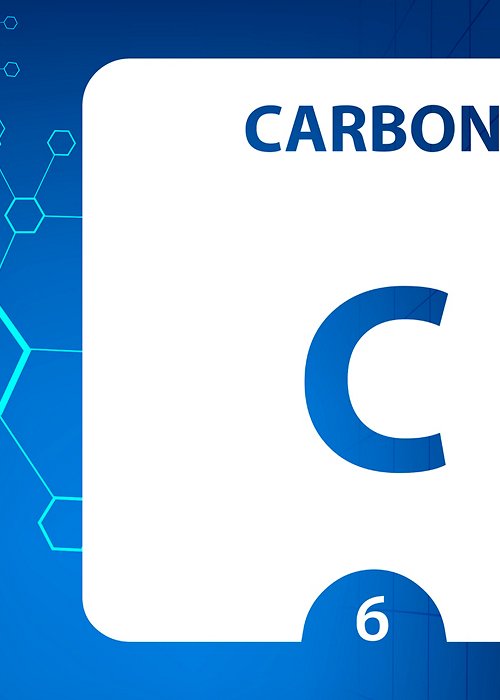Researchers at the Korea Advanced Institute of Science & Technology (KAIST) have developed an economical, long-life catalyst that recycles greenhouse gases into ingredients that can be used in the chemical or transport industries. This study, published in Science, is a perfect example of a circular economy that could contribute significantly to the fight against global warming.
The catalyst, composed of nickel, magnesium and molybdenum, initiates and accelerates the reaction rate that converts carbon dioxide and methane into hydrogen, and can run efficiently for more than a month. The technique used is dry reforming, a process that uses methane and carbon dioxide to create a mixture of hydrogen and carbon monoxide – synthesis gas – that can in turn be made into liquid fuels, plastics or even pharmaceuticals. It is an effective carbon economy process, but previously required rare and expensive metals such as platinum and rhodium, which induced a short and inefficient chemical reaction. The catalyst devised by the KAIST researchers, on the other hand, consists of nickel-molybdenum nanoparticles in the presence of a crystalline magnesium oxide, which has solved the problems encountered with other catalysts.
“It took almost a year to understand the underlying mechanism,” said Cafer T. Yavuz, professor of chemical and biomolecular engineering, “but our study solves a number of challenges and opens up the possibility of improving other catalytic reactions that are still inefficient.”



